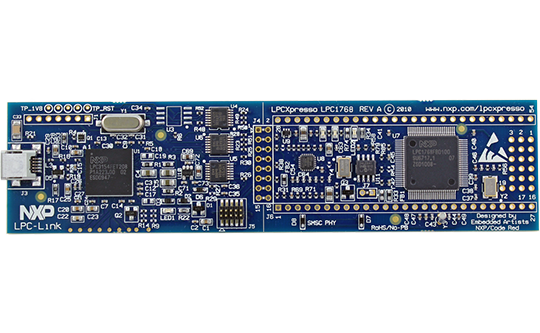Hellmut1956
Member
I use to fly myself single-engine airplanes and today I am into flight simulation. I use the Logitech peripherals for the MSFS2020. What I find as being a serious weakness is that the yoke does not reflect how it is on a real general aviation single-engine plane.
An example is the landing process. You make your touch-down in a stall the moment you touch the runway. During the final approach, you feel the pressure on the yoke and this is important feedback when landing a plane.
Being an aficionado of stepper motors you can manage the torque of a stepper motor by controlling the amount of current flowing through the stepper motor. So if the yoke would include a stepper motor an electronic would require information of the flying generated inside an airplane simulator to adjust the amount of current so that the force feedback on the yoke would reflect real-life airplane behavior.
Does anybody know how to get that information so that the electronics compute the torque of the stepper motor in a yoke?
Best regards
Hellmut
An example is the landing process. You make your touch-down in a stall the moment you touch the runway. During the final approach, you feel the pressure on the yoke and this is important feedback when landing a plane.
Being an aficionado of stepper motors you can manage the torque of a stepper motor by controlling the amount of current flowing through the stepper motor. So if the yoke would include a stepper motor an electronic would require information of the flying generated inside an airplane simulator to adjust the amount of current so that the force feedback on the yoke would reflect real-life airplane behavior.
Does anybody know how to get that information so that the electronics compute the torque of the stepper motor in a yoke?
Best regards
Hellmut



